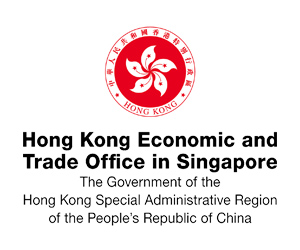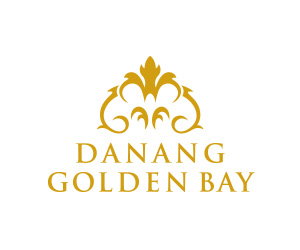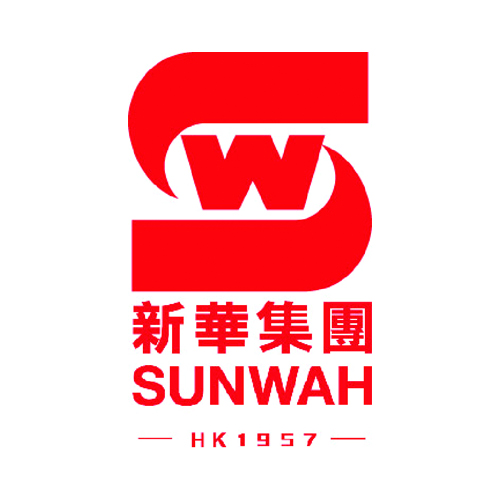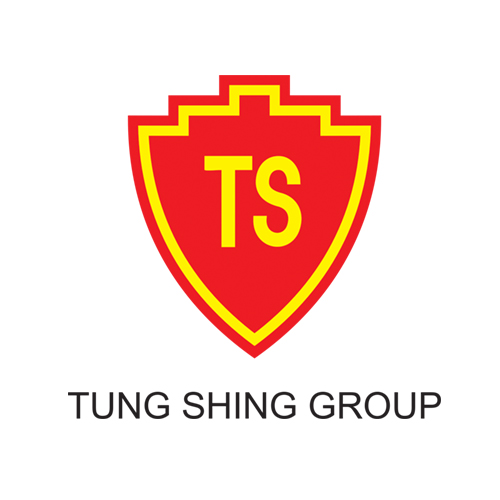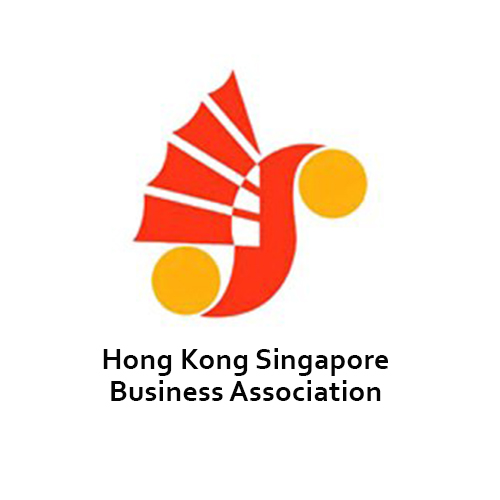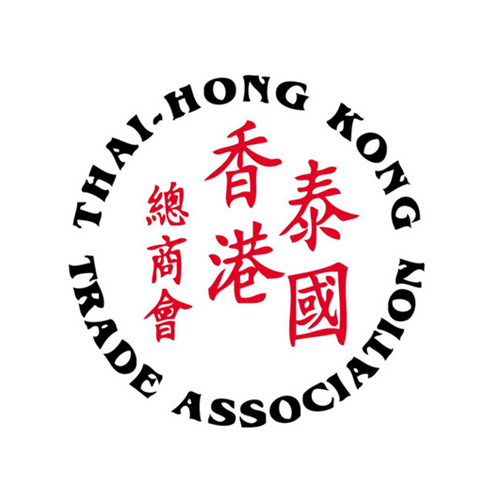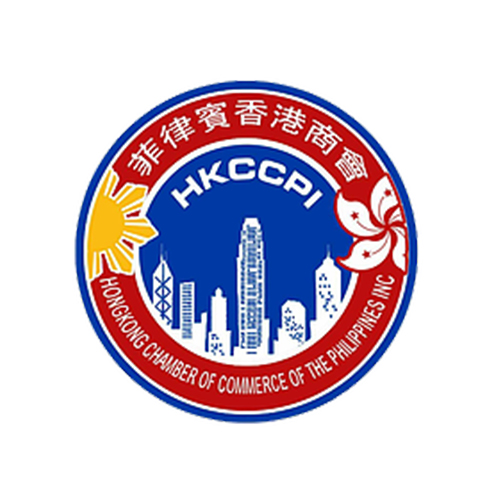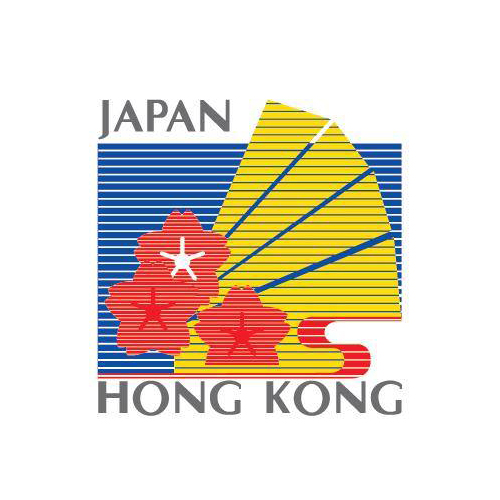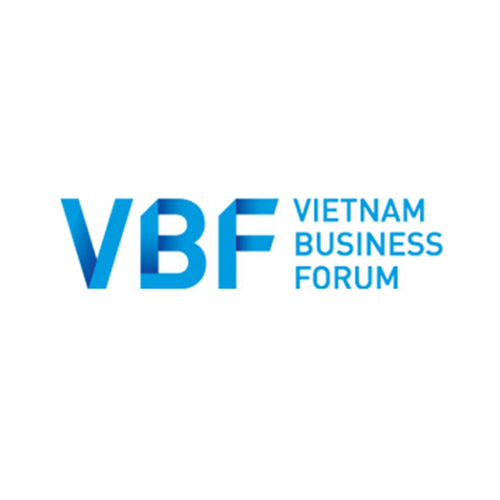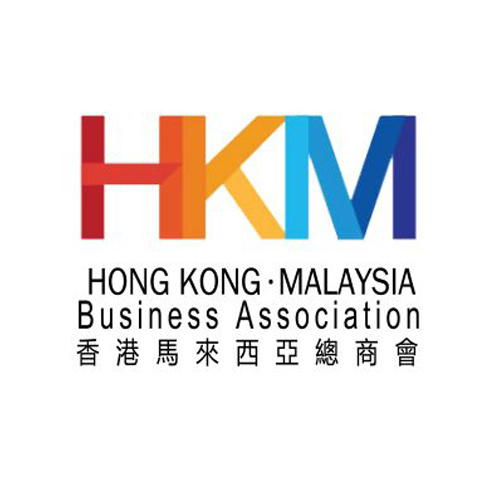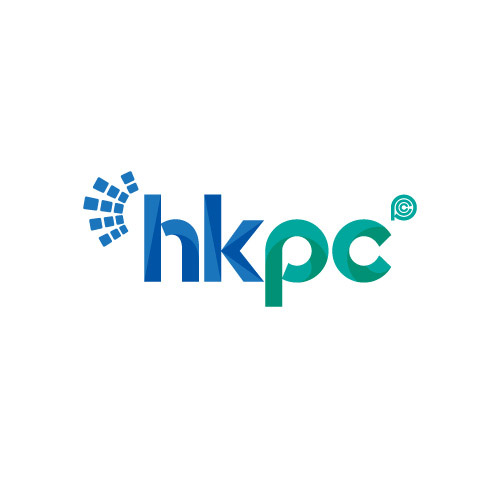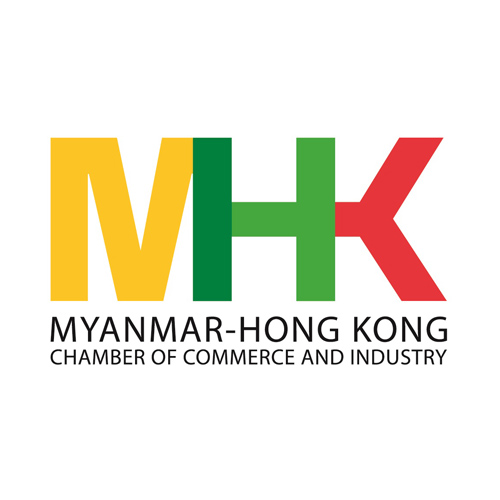Want to be in the loop?
subscribe to
our notification
Business News
ASIAN GIANTS RETAIN GRIP OF VIETNAMESE LOGISTICS SECTOR
There will be little change in current trends of mergers and acquisitions in Vietnam’s logistics industry this year as domestic players remain sellers and Asian investors continue to gain the upper hand.
Nguyen Tuong, senior advisor to the Vietnam Logistics Business Association’s (VLA) chairman, two weeks ago sat in his small office chatting with has recently talked to a potential South Korean investor about the possibilities of buying stake in a Vietnamese logistics firm.
He said that such meetings and business trips have been key in recent times and are expected to continue during 2021 as more merger and acquisition (M&A) deals emerge.
“Several South Korean and Japanese firms are working with the VLA on possible acquisitions of some Vietnamese logistics firms to expand their footprint here, where demand for qualified logistics services are growing,” he told VIR.
According to Tuong, there is no change in the M&A trend in the logistics industry in terms of players and order. Asian investors, especially those from South Korea and Japan, have remained the most interested over the past few years. Back in 2019 the majority of M&A deals came from Asian buyers, with prominent transactions involving SG Holdings, CJ Group, and Shibusawa Warehouse.
“European firms may not be interested in this channel of investment much because there are differences in development levels and a long time is needed for market research, so there is not yet demand,” Tuong admitted.
In the order of dealmaking, Vietnamese logistics firms remain sellers in M&A transactions. “They are still weak in financial capacity and services, while its infrastructure is not much developed,” the VLA deputy secretary general explained.
According to VLA statistics, Vietnam now has more than 3,000 logistics service providers, of which 89 per cent are domestic Vietnamese firms, 10 per cent are joint ventures, and the remainder are foreign-invested. Despite the huge number, Vietnamese logistics firms are mostly small- and medium-size ones with traditional warehouses and weak infrastructure.
Tuong attributed the Asian interest to increasing trade and investment activities from the region, and among businesses of the two countries in Vietnam. As shown in statistics from Vietnam’s Ministry of Planning and Investment, South Korea and Japan remain Vietnam’s top foreign investors, making up about 20 per cent of the country’s total foreign investment, with more projected in the months to come.
Tuong elaborated that upcoming M&A deals will focus on trucking, warehouses, and the cold supply chain in the Mekong Delta and Ho Chi Minh City. “The infrastructure remains insufficient in Vietnam, especially the serious lack of a cold supply chain in the country,” he said. “Acquiring Vietnamese firms is increasingly attractive to foreign investors as it can help them lower costs – as local partners already have networks, manpower, and experience in the market. At present, foreign-invested firms have to lease Vietnamese-owned infrastructure to serve their business activities.”
According to the VLA, Vietnam’s logistics industry has been growing 14-16 per cent annually in recent times with annual market value of $40-42 billion. It also ranks 39 among 160 countries worldwide in terms of development and fourth in ASEAN, only behind Singapore, Malaysia, and Thailand.
While the trend in the logistics industry remains traditional, that in the real estate and manufacturing sectors is changing where domestic firms have been heading to acquire stakes of foreign ones to develop them into powerful multi-sector groups. For example, Masan Group has acquired 52 per cent of Proconco, and Vingroup made a purchase of 51 per cent of Mundo Reader.
After a year of silence in 2020 due to COVID-19, Tuong forecast that the M&A picture in the industry could eventually change in upcoming years with more involvement of European firms on the back of free trade agreements, as well as the restructuring of global supply chains.
According to the VLA, while some domestic Vietnamese logistics firms are merging with one another, they lag behind regional and global movements, with M&A being among the most bustling.
“M&A is one of the three key trends in the region and the wider world in a move to link sources of goods and integrate all the arisen service chains during transportation via ports,” said Tuong. “A port-centric approach will be inevitable in logistics because it helps cost optimisation, increase of added value, all-in service package, optimisation of human resources, improvement of competitiveness, and increased volume of transportation.”
Thus far, a number of major alliances of shipping lines made their debut in recent times with involvement of those calling at the Haiphong seaports in northern Vietnam such as the 2M Alliance of the world’s biggest shipping companies Maersk Sealand and MSC; the Ocean Alliance of CMA-CGM (France), COSCO (China), Ever Green (Taiwan); and the Alliance of HapagLoyd, Yangming (Taiwan), and One (Japan).
In addition to this, shipping lines are expanding operations by acquiring aviation service firms and establishing international multimodal transportation logistics firms which provide aviation transport services, shipping services, and other logistics. For instance, Maersk absorbed Damco’s air and ocean less-than-container-load shipping to combine it with Maersk’s logistics and services products.
Elsewhere, CMA CGM successfully completed acquisition of CEVA Logistics to confirm its position as a leading worldwide transport and logistics group. Similarly, Yang Ming established Yes Logistics, while Ever Green founded Eva Airlines, among others.
Source: VIR
Related News
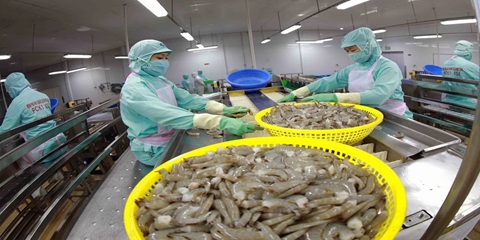
VIETNAM’S SEAFOOD EXPORTS HIT OVER US$10 BILLION IN JAN-NOV
Seafood export revenue in November alone amounted to nearly US$990 million, up 6.6% year-on-year. Key product groups posted solid gains. Shrimp exports rose 11.7% to over US$385 million, supported by strong demand for whiteleg shrimp and lobster. Tra fish shipments increased 9.7% to almost US$197 million, while marine fish, squid, and mollusk exports maintained their recovery.
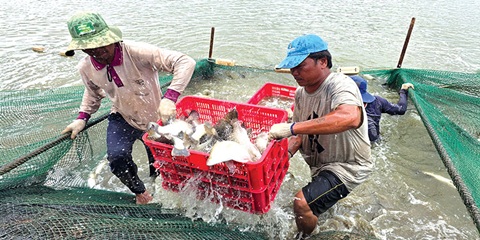
VIETNAM’S AGRO-FORESTRY-FISHERY EXPORTS HIT NEW RECORD IN JAN-NOV
Vietnam’s agro-forestry-fishery export revenue reached an estimated US$64.01 billion in the first 11 months of 2025, up 12.6% year-on-year and surpassing the full-year record of US$62.4 billion set in 2024. Agricultural exports reached US$34.24 billion, up 15% year-on-year, while livestock products brought in US$567.4 million, a 16.8% increase. Seafood exports rose 13.2% to US$10.38 billion, and forestry products earned US$16.61 billion, up 5.9%.

HANOI REPORTS RECORD-HIGH BUDGET REVENUE IN 2025
Hanoi’s budget revenue is estimated to reach VND641.7 trillion in 2025, the highest level ever recorded and nearly 25% above the revised target, according to a report by the municipal government. Data from the city’s socioeconomic performance review shows that total state budget collections in 2025 are projected to reach 124.9% of the adjusted plan and rise 24.9% from 2024, the Vietnam News Agency reported.

VIETNAM, CHINA TO PILOT TWO-WAY CARGO TRANSPORT AT LANG SON BORDER
Vietnam and China will launch a one-year pilot program on December 10 to allow two-way cargo transport through the Huu Nghi–Youyi Guan international border gates in Lang Son Province, reported the Vietnam News Agency. The Dong Dang-Lang Son Economic Zone Management Board said the trial aims to reduce transport costs and improve customs clearance capacity.
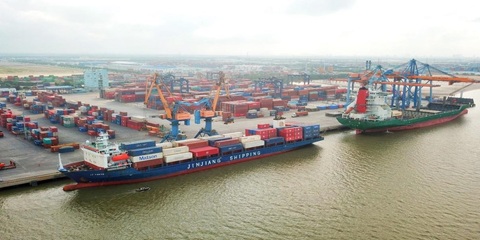
VIETNAM’S IMPORT-EXPORT VALUE NEARS US$840 BILLION IN JAN-NOV
The total value of Vietnam’s imports and exports was nearly US$840 billion between January and November this year, the highest level ever recorded, according to the National Statistics Office. In its latest report on the country’s socio-economic performance, the National Statistics Office highlighted a series of positive economic indicators, with trade emerging as one of the strongest drivers of growth.

OVER 19 MILLION INTERNATIONAL VISITORS COME TO VIETNAM IN JAN-NOV
Vietnam received more than 19.1 million international visitors in the first 11 months of 2025, a 20.9% increase year-on-year and the highest level ever recorded, according to the National Statistics Office. The figure surpasses the full-year record of 18 million arrivals set in 2019, before the Covid-19 pandemic. Nearly two million foreign visitors arrived in November alone, up 14.2% from October and 15.6% from the same period last year.
